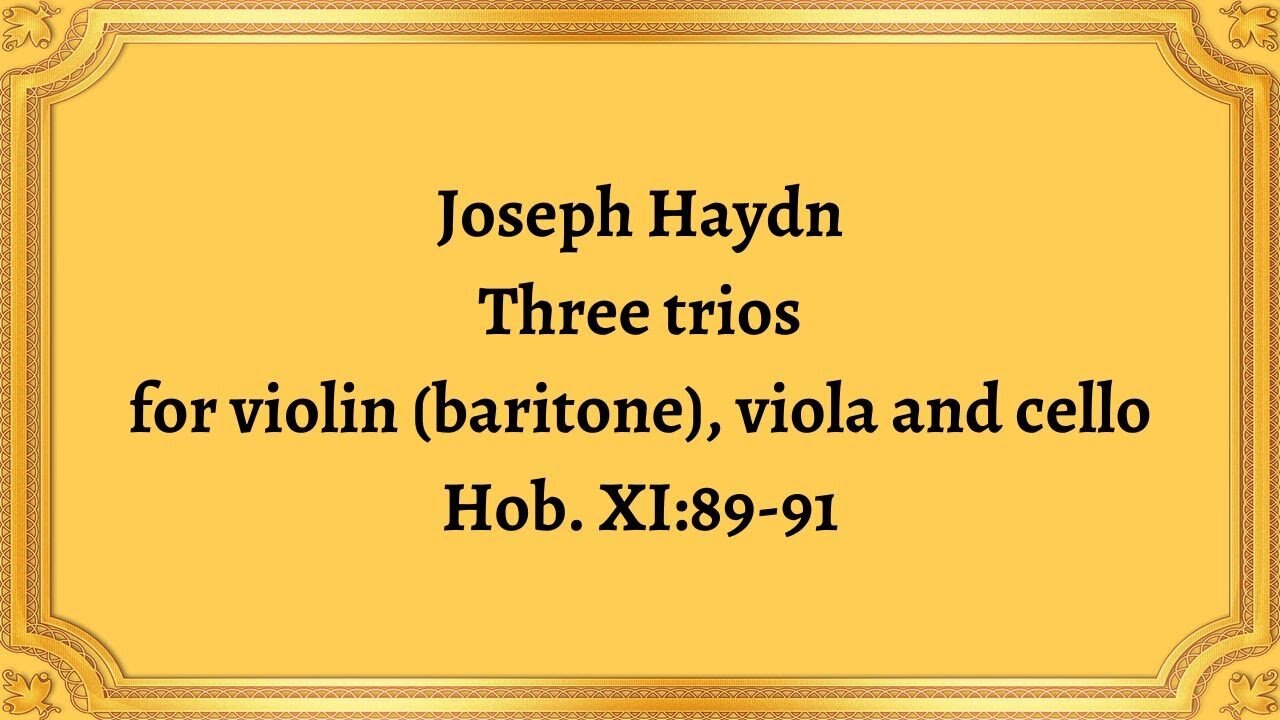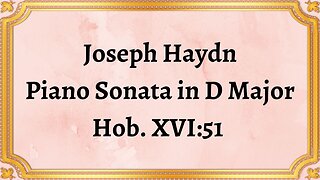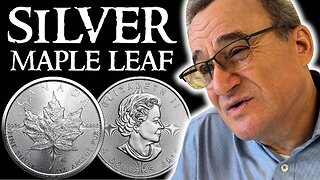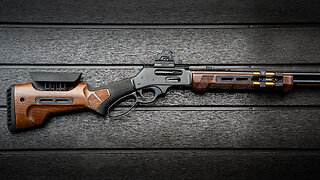Premium Only Content

Joseph Haydn Three trios for violin (baritone), viola and cello Hob. XI:89-91
#JosephHaydn #ThreeTrios #violin #baritone #viola #cello #HobXI8991 #classicalmusic #musicalcomposition #musicology #musichistory #classicalperiod #chambermusic
Joseph Haydn's Three Trios for Violin (Baritone), Viola and Cello, Hob. XI: 89-91, are exemplary works from the classical period. Composed in 1790, these trios represent Haydn's impeccable music composition skills and his innovative approach to musical forms.
The first of the trios, Hob. XI:89, is marked Allegro, a fast and lively tempo that captures the listener's attention from the start. The Allegro begins with a bold and distinctive melody, which is developed throughout the composition, with intricate harmonies and rhythms. The sonata's first movement showcases Haydn's exceptional command of the musical form, with its critical structure well-composed and instrumentally executed with precision.
The second movement is marked Andante, a slower and more reflective tempo that provides a delightful contrast to the Allegro's dynamism. The Andante begins with a delicate and refined melody, which grows increasingly complex as the composition progresses, with its harmonies beautifully enhancing the movement's emotional and expressive elements.
Finally, the third movement, marked Vivace, is a lively and energetic piece, filled with changing rhythms and exciting melodic lines. This finale features a masterful blending of classical and folk elements to create a thrilling and exhilarated performance.
Haydn's Trio No. 2, Hob. XI:90, is another work that showcases Haydn's musical mastery and innovative approach. The first movement, Allegro moderato, starts with an active and cheerful theme, which is elaborated with various harmonic modulations, lush textures, and jolly rhythmical shifts. The second movement is set in a lyrical and smooth "Largo" tempo, where the violin and cello's melodies change places, developing and intertwining with the viola's harmony. The final movement, the Presto, is a joyful and fast-paced finale filled with catchy melodies, surprising syncopations, and rhythmic accelerations that conclude the Trio in an incredible manner.
Finally, Haydn's Trio No. 3, Hob. XI:91, is also composed with exquisite musicality and creativity. The opening movement, marked Vivace, has a bright, charming melody and an elegant musical structure, alternating sustained melodic lines and lively rhythms. The Andante of this trio, in the key of F minor, is poised and dramatic, being a melodically and harmonically rich composition. https://destream.net/live/RadSiarAl/donate
-
 6:07
6:07
Classical music_Music Inspiration
1 month agoJoseph Haydn Piano Sonata in D Major, Hob. XVI:51
921 -
 34:43
34:43
Degenerate Jay
21 hours ago $0.02 earnedAssassin's Creed Was Always Anti-Religion?
2512 -
 6:41
6:41
Silver Dragons
17 hours agoCanadian Silver Maple Leaf Coins - Dealer Reveals Everything You NEED to Know
6722 -
 8:42
8:42
Dangerous Freedom
15 hours agoThe M&P Competitor SHREDS—But Did Smith & Wesson Screw It Up?
841 -
 1:12:50
1:12:50
MTNTOUGH Fitness Lab
15 hours agoSTOP Living in Fear: Why Some People Rise From Tragedy AND OTHERS DON'T | Ryan Manion
219 -
 8:03
8:03
Alabama Arsenal
1 day ago $0.02 earnedWoox Bravado | Modern Features Meet Timeless Style
2231 -
 49:43
49:43
Vedic compatability astrology
12 hours agoCoffee w/ Kingpins Katie Haley & Her Book!
571 -
 2:49:10
2:49:10
TimcastIRL
12 hours agoElon Musk Says X Hit By MASSIVE Cyberattack From Ukraine, Rumble Hit Too w/Ben Davidson| Timcast IRL
227K120 -
 2:05:10
2:05:10
Kim Iversen
14 hours agoFree Speech for Me, But Not for Thee: Trump Admin’s Protester Crackdown Sounds MAJOR Alarms
87.1K463 -
 1:29:26
1:29:26
Glenn Greenwald
14 hours agoICE Detains Permanent Resident for Protesting Israel; European Leaders Make Maniacal Rearmament Vows They Cannot Keep | SYSTEM UPDATE #421
156K292